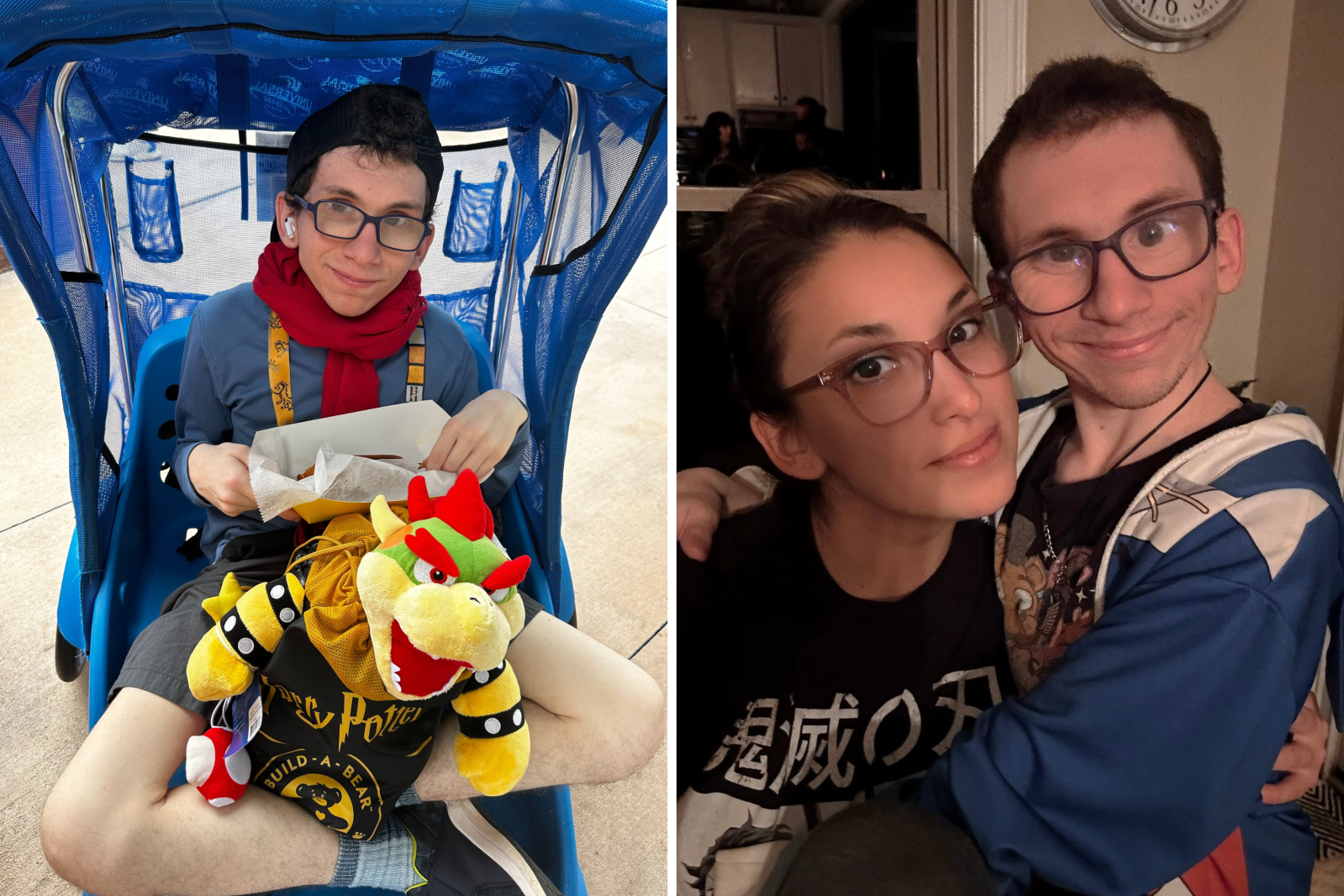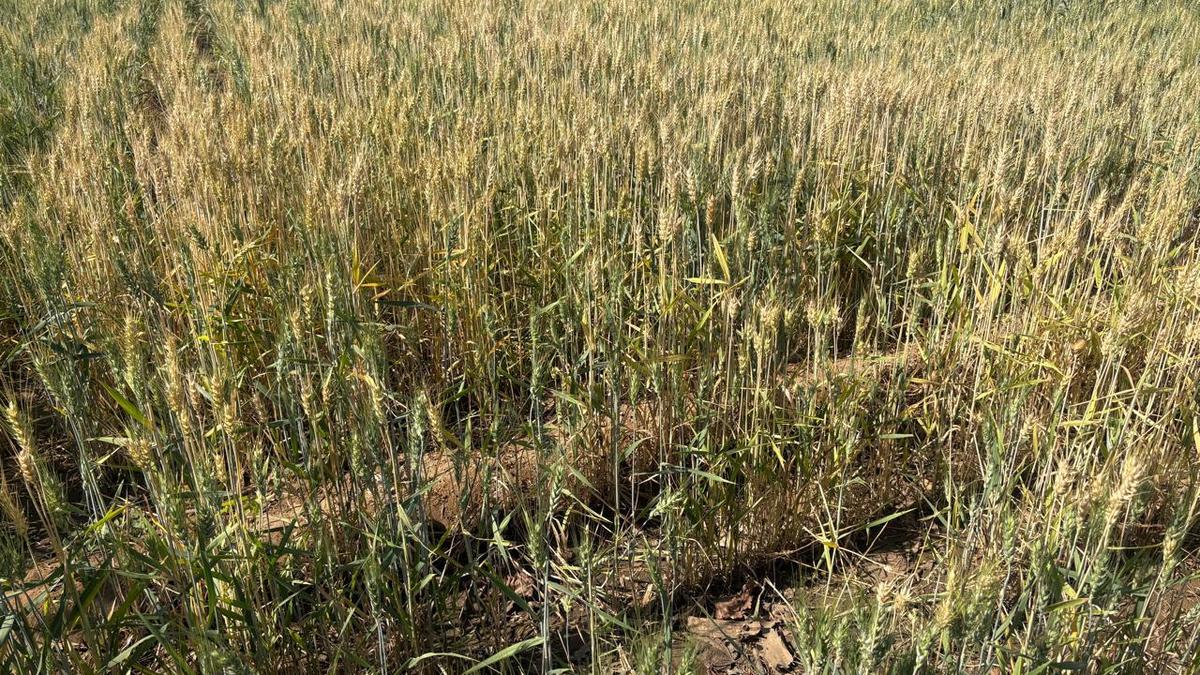Copyright newsweek

A devoted mother who spent years seeking an explanation for her son’s mysterious health struggles was left heartbroken after finally learning the truth. Tristan Burrell stopped growing at just 12 years old. Two years later, doctors confirmed Cockayne syndrome (CS)—a disorder estimated to affect fewer than 5,000 people in the U.S. The condition causes short stature, premature aging, severe photosensitivity, and learning difficulties, according to the National Organization for Rare Disorders (NORD). “It is basically killing his body slowly but rapidly compared to everyone else,” his mom Tarah, 44, who lives in Asheville, North Carolina, told Newsweek. Tristan sitting in a pushchair and smiling with his mom Tarah. Provided by Tarah Burrell. Living With a Rare Condition Now aged 21, Tristan stands 4ft 4in and weighs 63lbs. He wears clothes designed for 10–12-year-olds and requires round-the-clock care from his mother. Initially, Tristan was diagnosed with a form of autism because he didn’t speak his first words until age four. But Burrell sensed the diagnosis was wrong. “As a toddler, Tristan presented with tremors throughout his body if he would get too hot or too cold,” she recalled. “This indicated that he had a myelin deficiency. It took me years for someone to listen. His hands still tremor to this day, as do his feet and legs.” Due to his speech delay and borderline impairment, doctors initially considered a diagnosis of Autism Spectrum Disorder (ASD). “Tristan also always burned easily, as children and adults with CS are extremely sensitive to sunlight,” she added. Watching Siblings Grow Up (L-R) Tristan, twin brothers Luke and Landon, both 18, Ava, 16, hugging mom Tarah and Tristan’s step dad. The mom-of-five said her son’s fatal diagnosis is especially painful as she watches her other children—Luke and Landon, both 18, Ava, 16, and Josephine, six—grow and thrive. “It was a shock watching the twins grow as it showed me how it was supposed to be,” she said. “They are like grown men next to him, Ava is taller, and Josephine is the only one that is smaller at this point. “He is the older brother, but he is more like the youngest. The boys started to mature at 12, and their roles switched. “It is emotionally the hardest thing; Tristan has always been a little kid. On a good day, he is hilarious and goofy—he loves making people laugh. But other times he can be frustrated and grumpy. He just doesn’t understand the word ‘no’ and will get upset, though he can just as easily bounce back. In many ways, he’s very much like a toddler.” Cockayne Syndrome Cause NORD explains the disease is caused by changes in genetic material (DNA). Burrell and her ex-partner were unaware they were both carriers as they didn’t show any symptoms. The condition is so rare it is not checked for during pregnancy. According to NORD, if both biological parents are carriers, there is a 25 percent chance their child inherits both copies of the mutated gene and is affected, and a 50 percent chance the child inherits only one copy and becomes a carrier. The Challenges Ahead Recently, Burrell has noticed her son’s muscles wasting away, and he can no longer ride a bike. “I constantly feel like I have a dark cloud that never clears above me—it’s always there and never going away,” Burrell said. Patients with Cockayne Syndrome often have difficulty feeding due to severe reflux, poor oral intake, and rapid muscle loss, sometimes requiring gastrostomy tubes. In July, Burrell posted a video of Tristan on TikTok (@tmcispoetry) stating he’s “now having trouble swallowing which means the disease is progressing.” “We are fortunate he can do things like playing games,” she said. “He answers a bit slower, and he can’t cognitively remember things we do in everyday life. You must ask him if he has brushed his teeth and I have to instruct him when he is in the bath and help him. “It is awful—there’s only so much I can do. It is scary.” Karikkineth, A. C., Scheibye-Knudsen, M., Fivenson, E., Croteau, D. L., & Bohr, V. A. (2017). Cockayne syndrome: Clinical features, model systems and pathways. Ageing Research Reviews, 33, 3–17. https://doi.org/10.1016/j.arr.2016.08.002 Cockayne syndrome | Genetic and Rare Diseases Information Center (GARD) – an NCATS Program. (n.d.). Rarediseases.info.nih.gov. https://rarediseases.info.nih.gov/diseases/6122/cockayne-syndrome



